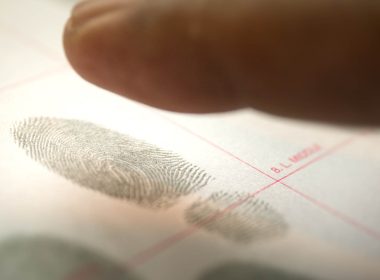Snapshot
- The NSW Court of Criminal Appeal’s decision in Attorney General v XX [2018] NSWCCA 198 stands as the only judicial consideration of the meaning and scope of the ‘fresh and compelling evidence’ double jeopardy exceptions that exist in New South Wales.
- In order for evidence to be ‘fresh’ for the purposes of s 102(2) of the Crimes (Appeal and Review) Act 2006 (NSW) it must not have been ‘tendered’ or ‘brought forward’ or have been able to have been with the exercise of reasonable diligence.
- On a single hearing of multiple applications relying upon ss 100, 102 and 105(7) of the Act, the question of whether the evidence relied upon is ‘fresh’ is determined separately for each application by reference to the availability of that evidence at time of the separate trials in which the accused was acquitted. If the Court finds that the evidence is fresh for any acquittal, and that the multiple offences should be tried on a joint indictment, then the ‘compellability’ of the evidence relied upon is determined by reference to all evidence that is likely to be available at a future trial on a joint indictment.
Between 1990 and 1991, three Aboriginal children, Colleen Walker (16), Clinton Speedy-Duroux (16) and Evelyn Greenup (4), were killed in the town of Bowraville in northern New South Wales. An initial police investigation into the killings was conducted between 1990 and 1993, as a result of which the respondent was identified as a suspect and charged with the murders of Clinton and Evelyn. No charge has ever been brought for Colleen’s murder.
Overview of the campaign
Initially, the Crown sought to try the respondent for Clinton and Evelyn’s murders in a single trial, however that trial was separated when the trial judge held that the evidence (known at the time as ‘similar fact’ evidence but now as ‘tendency and coincidence’ evidence) did not reveal such similarities as to give it such probative force or cogency that there was no rational view of it which was consistent with innocence (Pfennig v The Queen (1995) 182 CLR). The respondent’s trial for Clinton’s murder proceeded and he was acquitted by a jury in 1994. The Crown then withdrew the indictment charging Evelyn’s murder.
In 1995, the Evidence Act 1995 (NSW) introduced a new, more permissive legal test for ‘tendency and coincidence’ evidence, the practical effect of which was that ‘much of the evidence that had been deemed inadmissible for the purposes of Clinton’s trial would now be deemed admissible under the new “tendency and coincidence” rules’ (Report of the Inquiry into the family response to the murders in Bowraville, 6 November 2014, page 9, [2.17]).
In late 1996, a second police investigation into the murders was conducted which obtained further evidence that investigators alleged linked the killings to each other, and to the respondent. Most of this evidence was obtained from witnesses who had given statements to police prior to the Speedy trial (at [54]).
In 2006, the Crown indicted and tried the respondent for Evelyn’s murder. That trial proceeded and the respondent was acquitted by a jury in March 2006.
In October 2006, the NSW Parliament introduced legislation that allowed for the retrial of a person acquitted of a ‘life sentence offence’ (Crimes (Appeal and Review) Act 2006 (NSW) s 98) (‘CARA‘). The legislation contemplates two categories of cases in which an accused can be retried for a such a crime:



